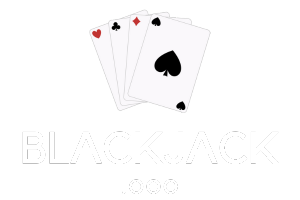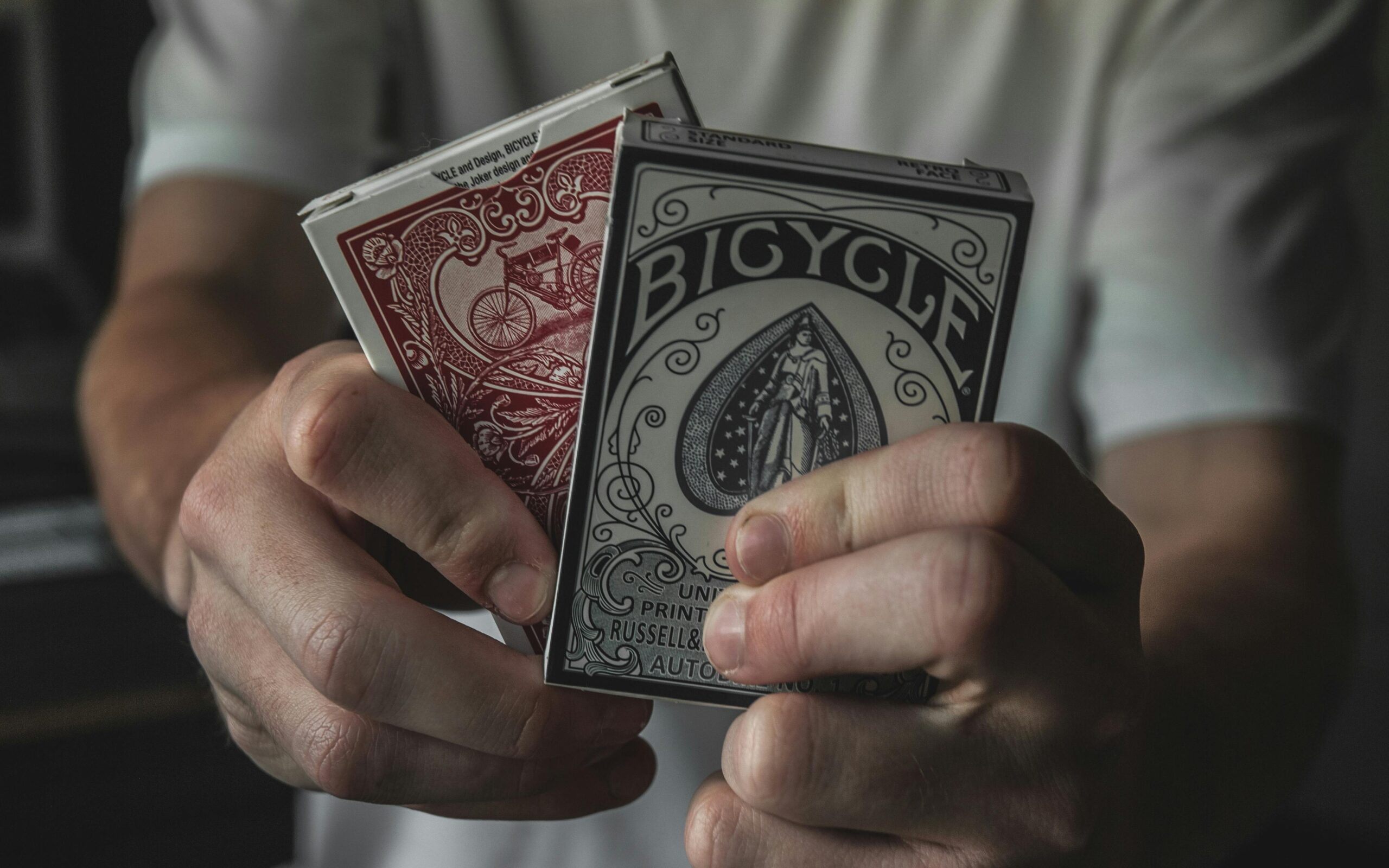Dealing blackjack is an art that requires skill, speed, and accuracy. Whether you’re looking to become a professional dealer or just want to manage a game at home, understanding the process is crucial. Here’s a step-by-step guide on how to deal blackjack effectively.
1. Understanding the Basics
Before you start dealing, you need to know the basic rules of blackjack. The dealer plays against each player individually, aiming to have a hand closer to 21 than the players without going over. Familiarize yourself with the card values and the flow of the game.
2. Preparing the Deck
Shuffling
Start by shuffling the cards thoroughly. In a casino, this might involve a mix of manual shuffling and using a shuffling machine. For home games, ensure a good mix to maintain fairness.
Cutting the Deck
Once shuffled, allow a player to cut the deck. Place the cut card at least a quarter of the way from the end of the deck to limit the number of cards dealt before reshuffling.
3. Dealing the Cards
Initial Deal
Begin by placing one card face up in front of each player, moving clockwise, and then give one card to yourself face down. Repeat the process, but the second card for each player should be face up, while your second card (dealer’s card) remains face down.
Player Decisions
Allow players to make their moves based on their hand and your visible card. Players can choose to hit, stand, double down, split, or surrender based on the game’s rules and their strategy.
4. Playing the Dealer’s Hand
Once all players have completed their actions, reveal your face-down card. The dealer must hit on 16 or below and stand on 17 or above, including a “soft 17” in some casino rules.
5. Settling Bets
Determining the Outcome
Compare your hand to each player’s hand. If your hand is closer to 21 than a player’s hand, the house wins, and the player’s bet is collected. If a player’s hand is closer to 21, they win and are paid out accordingly.
Handling Ties
If your hand and a player’s hand are equal, it’s a push, and the player’s bet is returned.
Payouts
Typically, winning players are paid out at a 1:1 ratio. However, if a player hits blackjack (an ace and a 10-value card as the first two cards), they are usually paid at 3:2 or 6:5, depending on the casino rules.
6. Managing the Game
Keeping the Game Moving
Efficiency and accuracy are key in dealing. Ensure the game proceeds smoothly, with clear communication and quick resolution of each hand.
Dealing with Discrepancies
Be prepared to manage disputes or questions about the game. Knowing the rules thoroughly allows you to address any issues confidently and maintain the integrity of the game.
Conclusion
Dealing blackjack is a critical role that requires knowledge of the game, dexterity, and the ability to manage interactions with players. By following these steps, you can deal blackjack effectively, ensuring a fair and enjoyable experience for everyone involved. Whether in a casino setting or a friendly game at home, your skills as a dealer can significantly enhance the blackjack experience.

